
by Jean Marie Carey | 19 Jun 2017 | Art History, Re-Enactments© and MashUps
One of the paradoxes that has emerged from documenta 14 is that many of its spectacular installations make very simple statements about global consumerism using enormous material expenditures. In fact it can be difficult to see past the pyramids, windmills, and tents erected to comment on issues such as migration and the market-possessed-body – elaborate efforts to illustrate political generalities – to documenta’s truer theme, an attempt by curator Adam Szymczyk to assail, or at least supplement, canonical art history with work by indigenous and overlooked artists.

iQhiya, Monday, 2017, Performance und Installation, Ehemaliger unterirdischer Bahnhof (KulturBahnhof), Kassel, documenta 14, Foto: Fred Dott
But the contemporary art fair world floats above scholarship on a bubble of self-satisfaction. The documenta participants who are the big draws – Mona Hatoum and Pierre Huyghe for example – aren’t worried about posterity. So what was meant to be exposure becomes competition for a footnote. Some of this lesser-known work also really struggles when removed from its local context. Poor facture and inappropriate plinths meant as faux–naïf comes across as a weird form of doubled sociological good intentions gone awry, and, amid Kassel’s half-hearted Brutalist buildings, calls to mind Bernd and Hilla Becher’s photographs of Bavarians dressed as Native Americans. In this respect, perhaps it was afterall an important achievement, and more consistent with Szymczyk’s goal, to move the most of documenta to Athens.
One excellent work, shown above, is iQhiya’s Monday (2017), which unfortunately was performed only once on 13 June. Staged in Kassel’s “little” Bahnhof, the spoken, moved, video, books, saws, pens, needles cloth, and film endurance piece used an eight-hour projection loop of Sarafina! (1992) to examine the “hidden curriculum” experience of black, South African women college students. Mimicking the rhythm of a real school day, naturally people wandered in and out. The coming and goings of the Eurobahn and Regio trains moving through the station plinked the hour glass and also made a rumbling vibration that was unsettling and comforting at the same time. I’m not sure if the reference to Pascale Marthine Tayou’s Human Being @Work (2009) was intentional or ephemeral coincidence, but the eleven-member iQhiya troupe made use of sound and light in a similar way as Tayou’s (also very successful) occupation of the Biennale di Venezia’s Arsenale – only with real trains.
Now, about Olu Oguibe…
(more…)
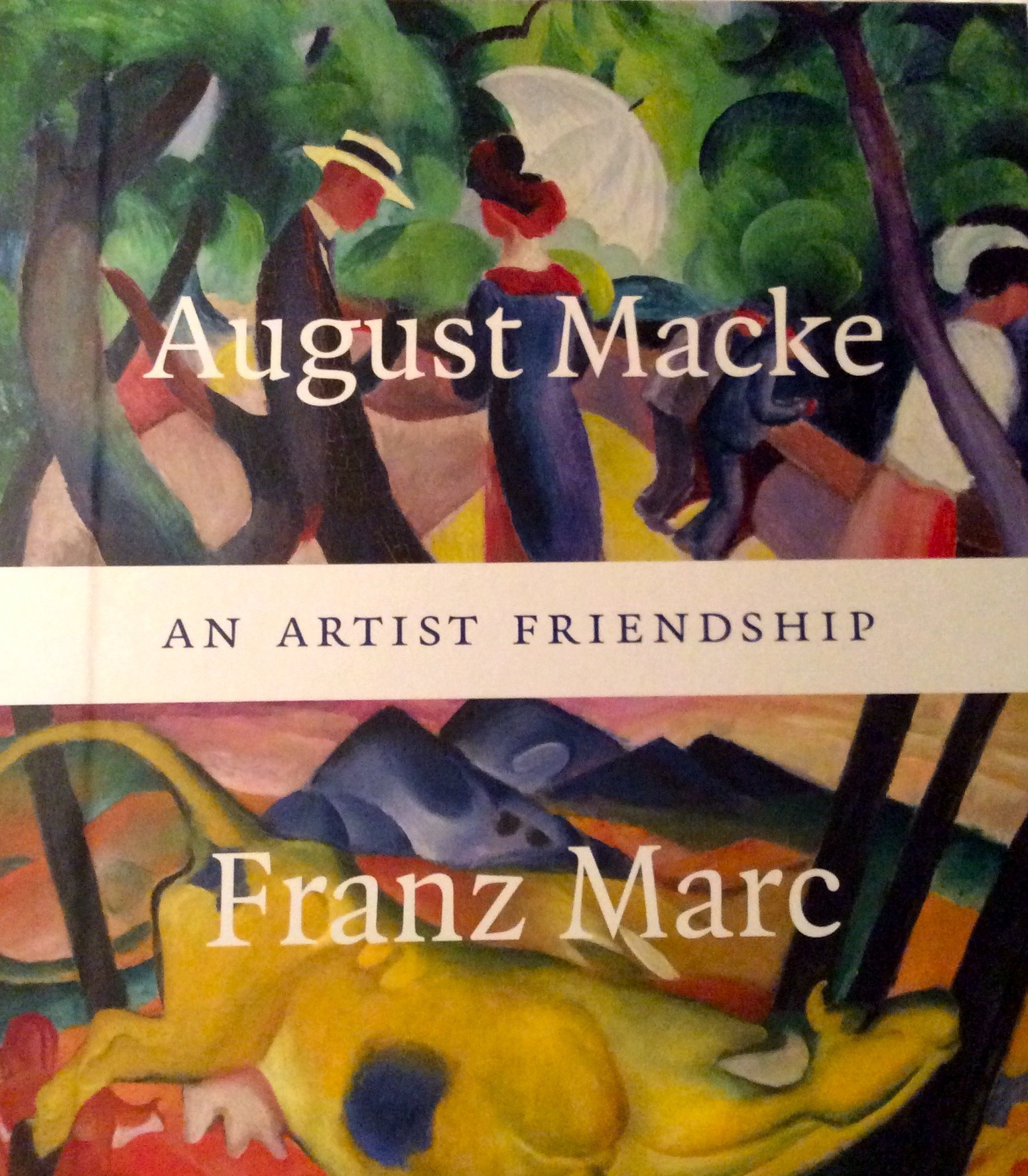
by Jean Marie Carey | 20 Jan 2017 | Art History, August Macke, Expressionismus, Franz Marc, German Expressionism / Modernism, Helmuth Macke
Book Review: August Macke and Franz Marc: An Artist Friendship
Catalog of an exhibition held at the Kunstmuseum Bonn, 25 September 2014 – 4 January 2015; and at the Städtische Galerie im Lenbachhaus und Kunstbau, Munich, 28 January – 3 May 2015; 359 pages with many color illustrations and black and white archival photographs.
I recently began doing some book reviews for Museum Bookstore, an online repository of catalogues and other printed material generated on behalf of museum and gallery exhibitions. My first review is of my favorite book of 2014-2015, the outstanding catalogue presented by the Lenbachhaus and Kunstmuseum Bonn in support of August Macke und Franz Marc: eine Künstlerfreundschaft. Please support this very worthy independent bookstore effort by checking out the companion text on the site.
§ § §
Published on 26 September 1914 to coincide with the 100th anniversary of the death of August Macke as well as the launch of the ambitious cooperative retrospective of Macke’s and Franz Marc’s overlapping oeuvres, the exhibition catalogue August Macke and Franz Marc: An Artist Friendship (August Macke und Franz Marc: eine Künstlerfreundschaft is its twin in the original German from which the English version has been translated) is, perhaps not surprisingly, a tour-de-force of editing and research. What is unexpected is that the editors, longtime Lenbachhaus Blaue Reiter curator Annegret Hoberg and Volker Adolphs of Kunstmuseum Bonn, along with a smartly-assembled team of university- and museum-based German art historians, bring to bear not just a wealth of knowledge but so much compassion to these essays, confronting directly the loss and sadness we naturally feel over the too-short lives of Marc and Macke. Macke, the extroverted Rhinelander, was killed in Champagne, France, at 27, while Marc, the contemplative Bavarian, died aged 36 at Verdun in the spring of 1916.
 Despite their frank sentimentality, the catalogue’s chapters and essays are impeccably scholarly. Hoberg’s “August Macke and Franz Marc / Ideas for a Renewal of Painting” and Adolphs’ “Seeing the World and Seeing Through the World / Nature in the Work of August Macke and Franz Marc” are classic art historiography based in peerless analysis. Hoberg focuses on the milieu of the international avant-garde that encouraged Marc and Macke to not only follow the careers of but become personally acquainted with the Parisian Orphist Robert Delaunay and the Italian Futurist Umberto Boccioni. While Marc’s primary subjects directly encompass animals and the pastoral, albeit reframed through a unique pantheistic realism, Macke, who often painted urban scenes, has a less direct relationship to “nature,” which Adolphs teases out, particularly in comparison to Marc.
Despite their frank sentimentality, the catalogue’s chapters and essays are impeccably scholarly. Hoberg’s “August Macke and Franz Marc / Ideas for a Renewal of Painting” and Adolphs’ “Seeing the World and Seeing Through the World / Nature in the Work of August Macke and Franz Marc” are classic art historiography based in peerless analysis. Hoberg focuses on the milieu of the international avant-garde that encouraged Marc and Macke to not only follow the careers of but become personally acquainted with the Parisian Orphist Robert Delaunay and the Italian Futurist Umberto Boccioni. While Marc’s primary subjects directly encompass animals and the pastoral, albeit reframed through a unique pantheistic realism, Macke, who often painted urban scenes, has a less direct relationship to “nature,” which Adolphs teases out, particularly in comparison to Marc.
(more…)

by Jean Marie Carey | 16 Oct 2016 | Art History, Franz Marc

Merzbau reimagining at Sprengel Museum, Hannover.
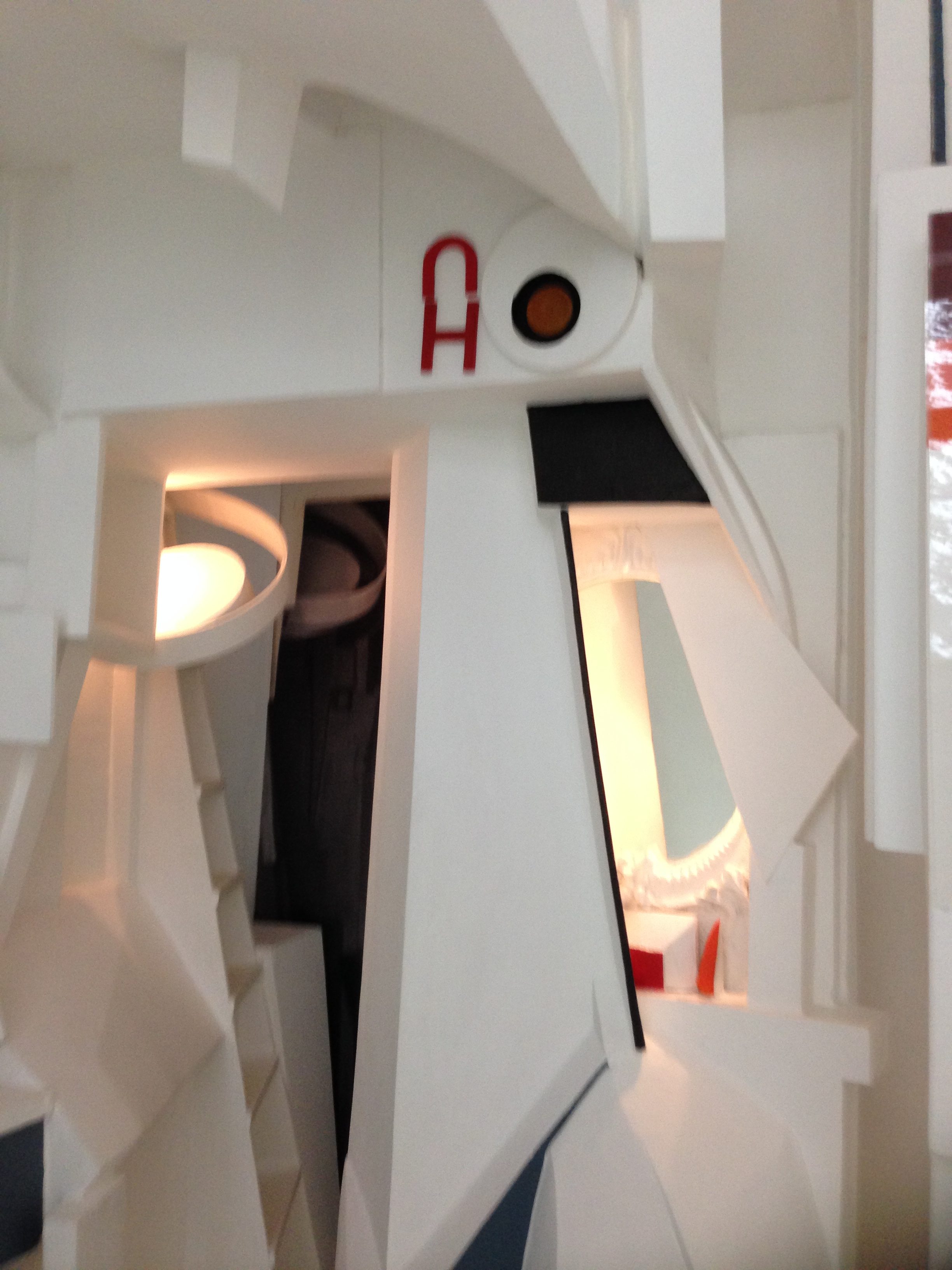
Reconstruction of Kurt Schwitters’ Merzbau.
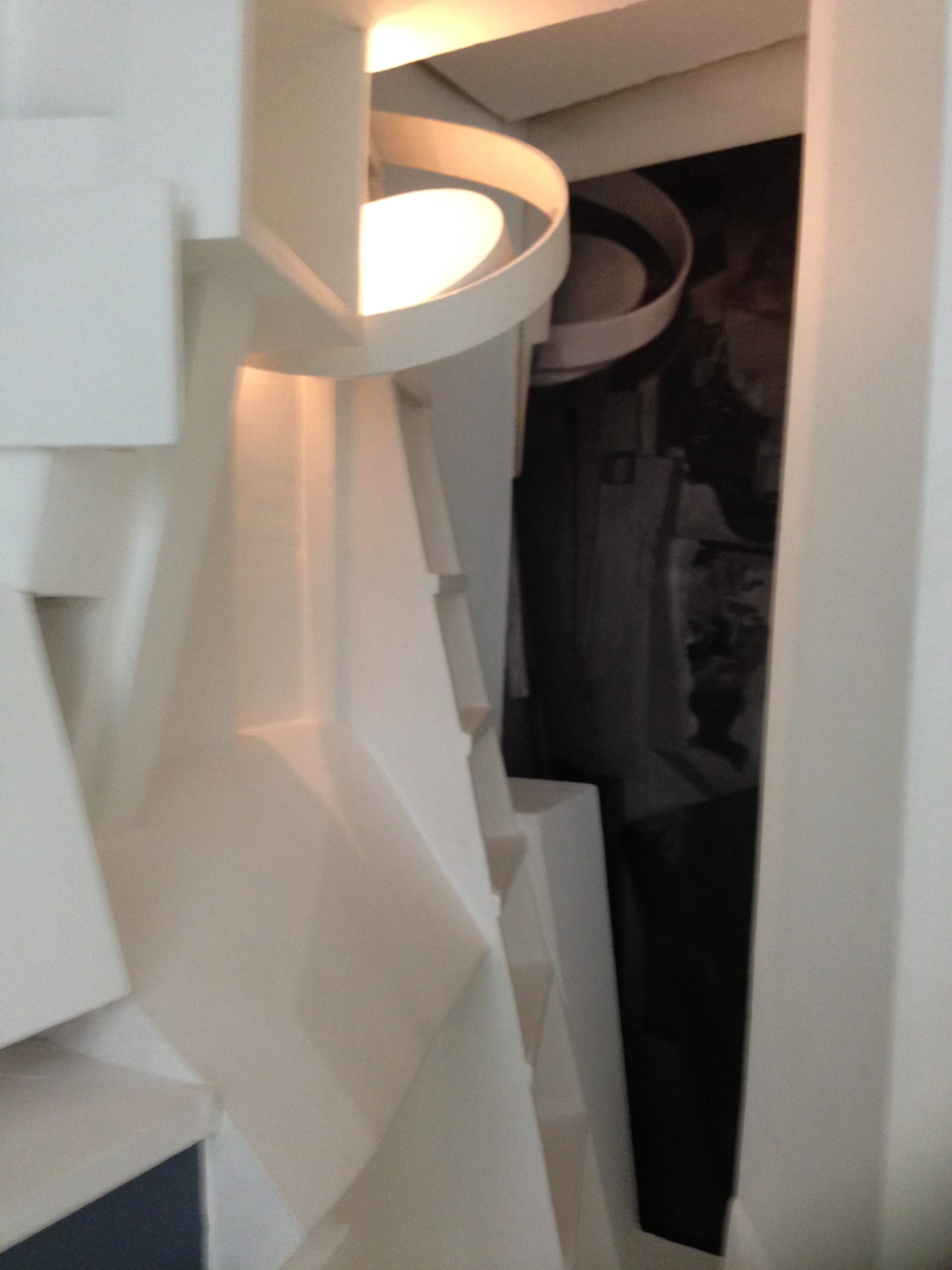
Merzbau Reconstruction at Sprengel Museum Hannover.

Reconstruction of Kurt Schwitters’ Merzbau at Sprengel Museum.
Hannover’s Sprengel Museum is such a fascinating space this most recent visit deserves a series of discrete posts of mostly photos. It was here in 2009 to see the visiting Hund vor der Welt on loan to the Sprengel for “Die Schönheit einer zerbrechenden Welt (1910 – 1914) Franz Marc, August Macke und Robert Delaunay” exhibition that I became very focused on Marc’s portraits of Russi.
The museum still holds some Marcs and Mackes in its permanent collection but there is also much more to see, including a reconstruction the main room of one of Kurt Schwitters’s Merzbauten, created in 1983 by Peter Bissegger. Bissegger, a theatrical designer who has made several Merzbau recreations, based his reconstruction on Wilhelm Redemann’s photographs from the early 1930s. Schwitters lived in Hannover; the apartment building where this version of the Merzbau lived was destroyed in 1943.
Gwendolen Webster has written a wonderful paper full of designs and drawings from Schwitters and information about the Merzbauten in Norway and England call The Reception of the Merzbau which you can read by following the link.

by Jean Marie Carey | 19 Sep 2016 | Animals in Art, Art History, Franz Marc

SINTRAX Kaffeebereiter, 1932, Gerhard Marcks.
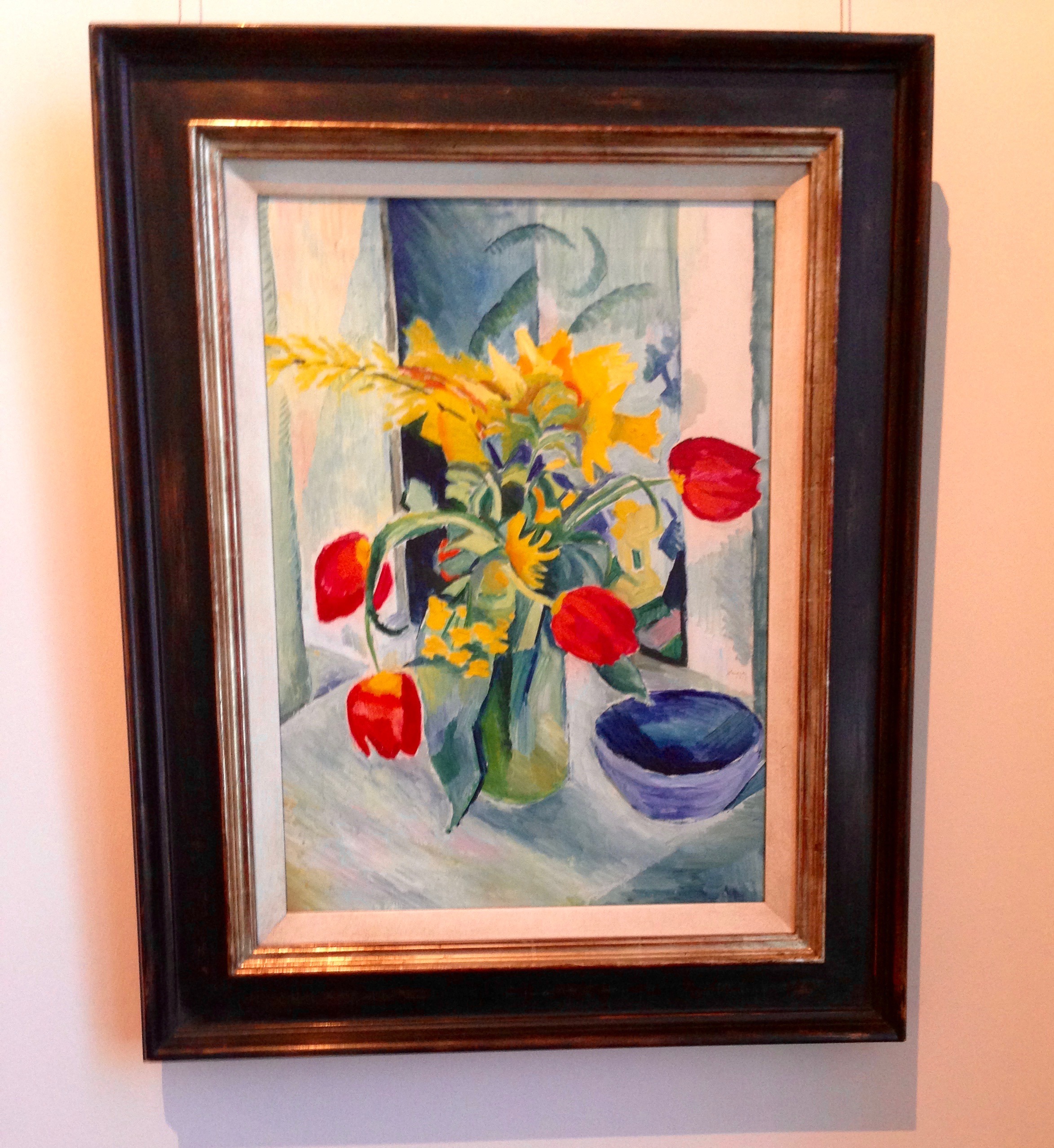
August Macke, Stillleben mit Tulpen, 1912
First I would encourage you to just skip this text and go right to the photos!
Otherwise: I went to Animalia: Interdisciplinary Perspectives and Explorations at the beginning of September mostly to see what the undergraduates and MA candidates were working on. The animal studies program at Carl von Ossietzky Universität Oldenburg is based within the Institute for American / English Studies. Though there was a mix of literary and cultural Human Animal Studies at hand the distinctive approach of this program is to examine the discipline through gender studies.
A highlight of the trip (in fact I devoted a whole day and night and went back the next day for this little side excursion) was visiting the Landesmuseum für Kunst und Kulturgeschichte Oldenburg which is actually three buildings: Oldenburger Schloss, Augusteum, and Prinzenpalais; devoted to regional history, international “Old Masters,” and modern art, respectively.
The museums were fantastic in showcasing some artists you hear less about, or in prominent placement of less-famous works by people who are very well-known. The outstanding discoveries for me were a mournful 1937 still life by Gabriele Münter called Puppe, Katz, Kind; a the cheerful small Stillleben mit Tulpen by August Macke (which I think might be unfinished; it is very uncharacteristic in its facture of his work at this time) from 1912; Wilhelm Lehmbruck’s early Grace (1905); the subdued placement of Kurt Lehmann’s Sinnender Knabe (1948), who had a lot to think about, and a delightful whirligig coffee making device from Gerhard Marcks’s highest Bauhaus phase in 1932.
-

-
Wilhelm Lehmbruck, “Grace,” 1905.
-

-
Gabriele Münter, “Puppe, Katz, Kind,” 1937
-

-
Kurt Lehmann, “Sinnender Knabe,” 1948.
The Prinzenpalais is the collection that recently had its Max Liebermann Reiter am Strand (1909) returned to it, one of the most expeditiously executed rectitudes of the 2013 Cornelius Gurlitt recovery in München. The Prinzenpalais’s reaction to this turn of events seems strangely half-hearted, with just a small vitrine of the correspondence relating to Hildebrand Gurlitt’s involvement in the brokering the resale of the then-Entartete Kunst Reiter, and no explanation of the situational context really anywhere. I asked the docents if they were happy about having the painting back; they clearly weren’t all that happy, and doubly not to have someone ask informed questions.
Oldenburg has a nice Altstadt near the Landesmuseum but as middle-sized German cities go is somewhat difficult to get around in as it has only bus service, no UBahn or even a Straßenbahn or light rail system. Right now there is a lot of road construction with many ersatz Haltestellen and barricaded sidewalks, which the Münster- and Hamburg-aggression level Radler do not seem to be taking into consideration. Excluding Berlin, the farther north I go, the less I like it, and the more I recognize what a confirmed Südländerin I am.
-

-
Der H. Georg im Kampf mit der Drachen, c. 1512, Meister de Georgeschreins von Zwischenahn Eiche.
-
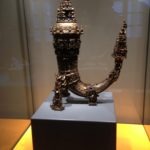
-
Das Wunderhorn, 1655, Fränkisch.
-
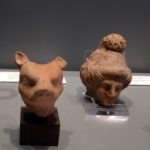
-
Hundekopf, Kopf des Zeus, c. 200 BCE, Tarent, Italien.
-

-
Franz Radziwill, Mosaik, 1948.
-

-
Scale mit Kauerndem Frauenakt, 1925, Rena Buthaud.
-

-
Bauhaus Schachspiel, “Model XVI,” 1924. Josef Hartwig.
-

-
Bauhaus Schachspiel, “Model XVI,” 1924. Josef Hartwig.
-
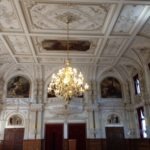
-

-
Franz Radziwill, Mosaik, 1948, Detail.
-
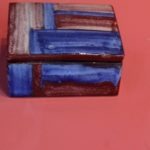
-
Zigarettendose, Gertrud Kraut, 1928.
-

-
Kinderschlitten um 1730.
-

-
Werbeplakat für Jugend, 1897.
-

-
Willem Claesz, Frühstücksstilleben, 1645.
-
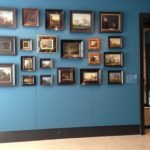
-
Clutter.
-

-
Raum für Max Liebermanns Ölgemälde “Reiter am Strand” von 1909.
-

-

-

-

-

-
Max Lieberman / Kunst und Künstler.
-

-
Max Liebermanns Ölgemälde “Reiter am Strand” von 1909.
-
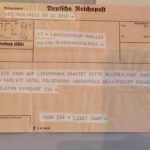
-
Dokumentation von Familie Gurlitt von Max Liebermanns Ölgemälde “Reiter am Strand” von 1909.
-

-
Dokumentation von Familie Gurlitt von Max Liebermanns Ölgemälde “Reiter am Strand” von 1909.
-
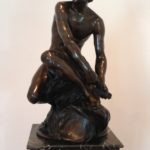
-
Jean Baptiste Pigalle, Merkur, 1785.
-

-
Detail of building.
-

-
Reneé Sintenis, August Gaul, Ewald Mataré, Richard Scheibe
-
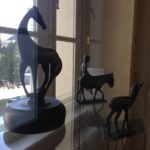
-
Reneé Sintenis, August Gaul, Ewald Mataré, Richard Scheibe
-

-
Reneé Sintenis, August Gaul, Ewald Mataré, Richard Scheibe
-

-
Hans Hermann Weyl, Anneliese von Arnim als Kind, 1905.
-
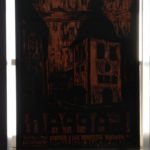
-
Erich Heckel’s plate from Die Brücke catalogue…

by Jean Marie Carey | 3 Mar 2016 | Animals, Animals in Art, Art History, Expressionismus, Franz Marc, German Expressionism / Modernism

Franz Marc’s palette, from the archives of the Franz Marc Museum, Kochel.
Franz Marc’s “Aphorism 82,” from Die 100 Aphorismen, 1915.
“Ich sah das Bild, das in den Augen des Teichhuhns sich bricht, wenn es untertaucht: die tausend Ringe, die jedes kleine Leben einfassen, das Blau der flüsternden Himmel, das der See trinkt, das verzückte Auftauchen an einem andern Ort, – erkennt, meine Freunde, was Bilder sind: das Auftauchen an einem anderen Ort.”
“I saw what the moorhen sees as it dives: the thousand rings that encircle each little life, the blue of the whispering sky swallowed by the lake, the enraptured moment of surfacing in another place. Know, my friends, what images are: the experience of surfacing in another place.”










































